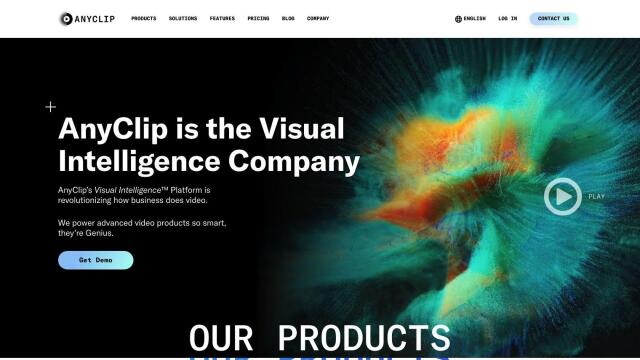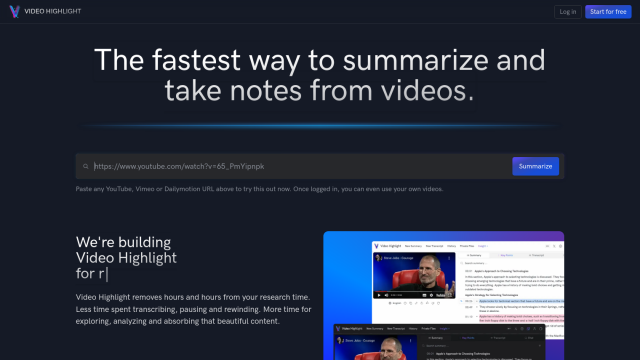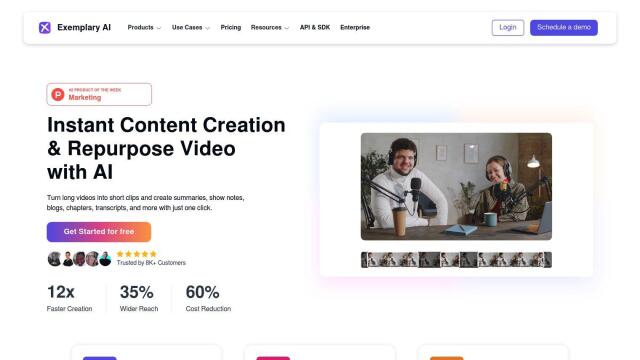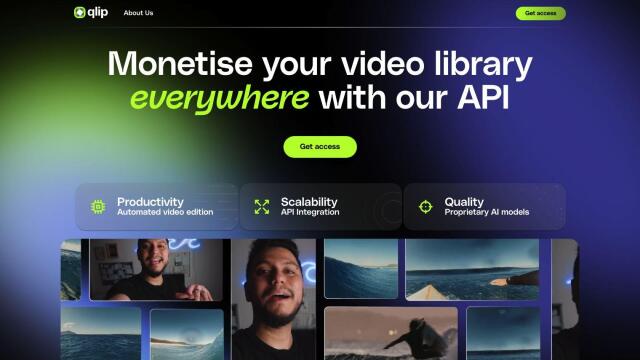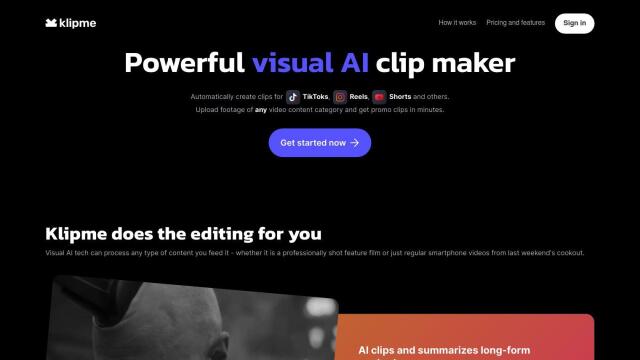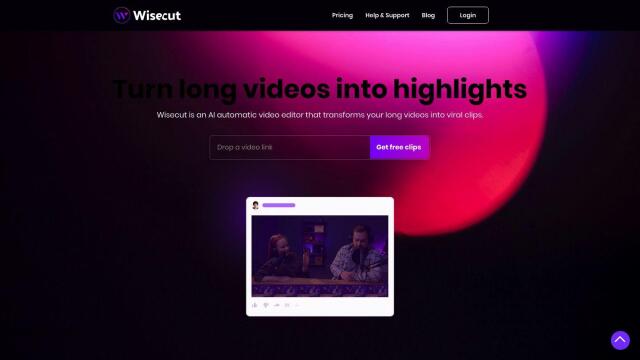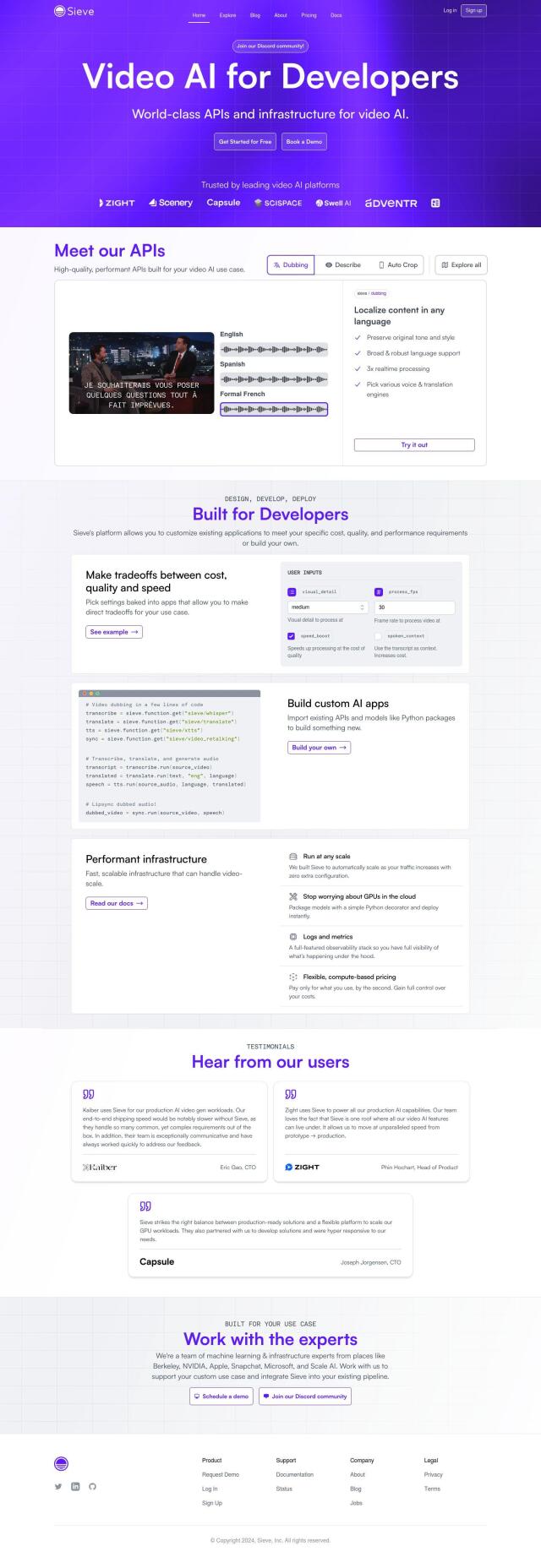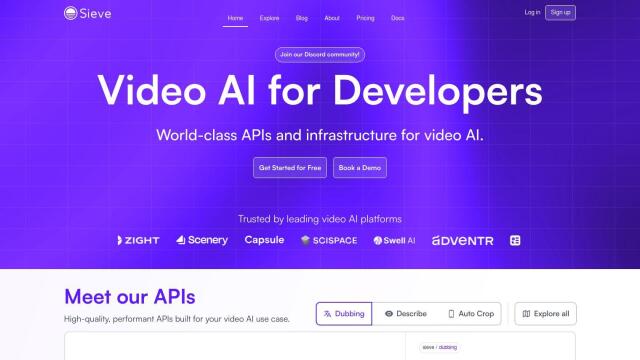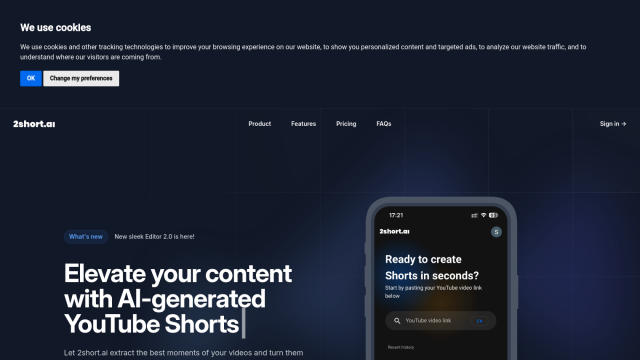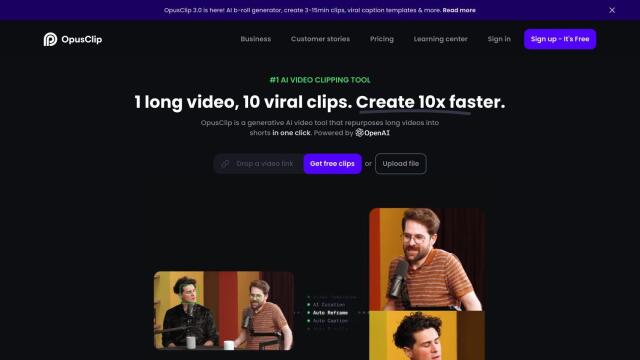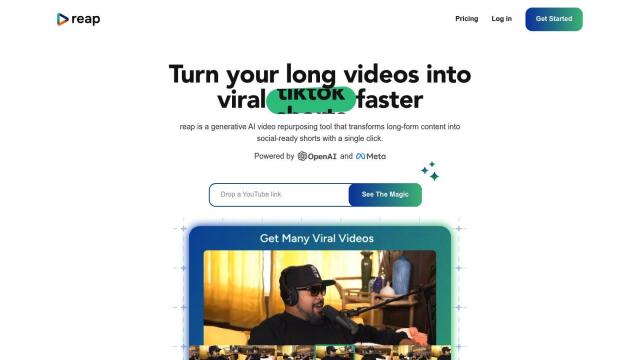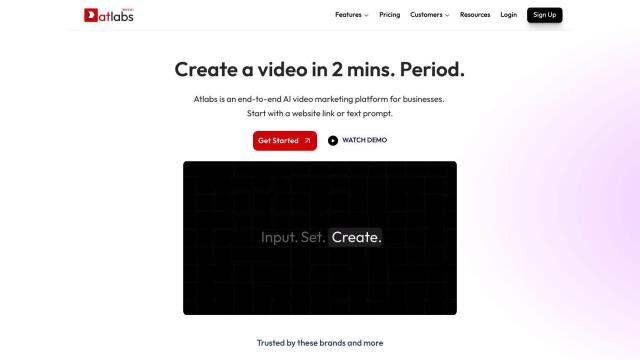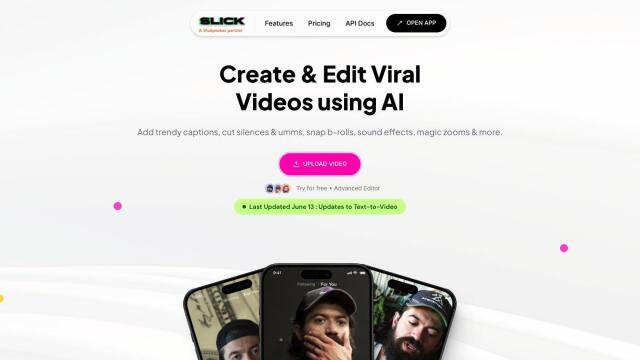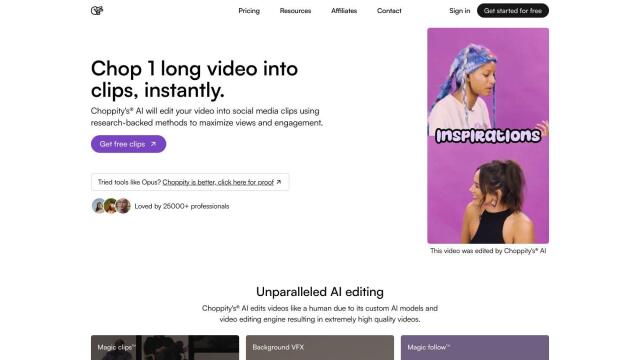Question: Can you recommend a platform that helps me find specific elements in my videos, such as dialogue or people, quickly and easily?


Imaginario
If you need a platform to help you find specific elements in your videos, like dialogue or people, Imaginario is a great option. Imaginario uses AI to search and analyze your video content without requiring manual tagging or metadata. Its multimodal search lets you find elements like dialogue, people, actions, sounds, themes, and emotions, and it can generate timestamped clips for easy sharing. The platform also offers features like AI transcription with high accuracy, auto-framing, and social media formatting.

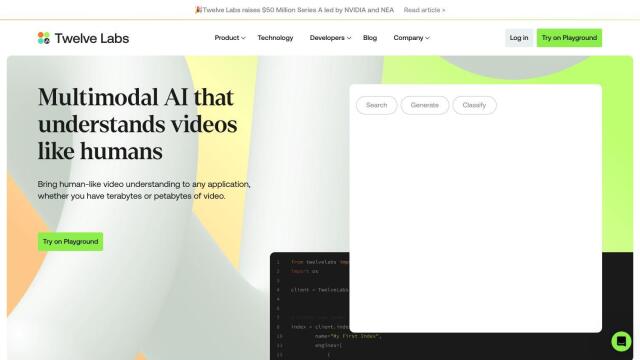
Twelve Labs
Another good option is Twelve Labs, a multimodal AI-powered video understanding platform. Twelve Labs offers APIs for fast search, text generation, and classification, making it a good choice for large video libraries. Its state-of-the-art video foundation models can ingest visual, conversational, text-in-video, audio, and logo information, and it's designed for high accuracy and scalability. This platform is good for those who need customization options and enterprise-grade security for their video data.


Valossa
Valossa is also worth a look. This tool uses multimodal AI to automate video processing tasks, including automated transcription, captioning, and translation. It offers a user-friendly portal for manual use and a lightweight API for integration into existing systems. Valossa is particularly well-suited for video-centric industries like media, entertainment, and advertising, helping to automate tasks and unlock valuable insights from video data.

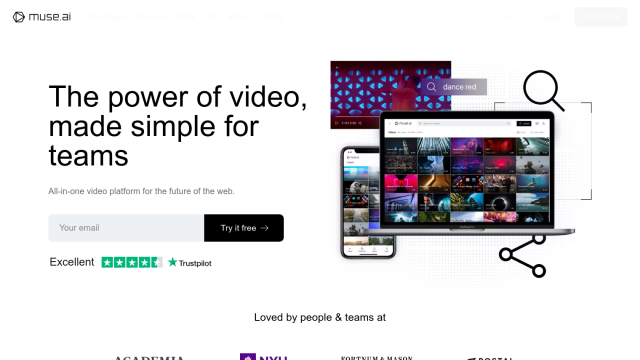
muse.ai
Finally, muse.ai offers AI-driven video search capabilities that can automatically index and search for words, people, objects, text, sounds, and actions within your videos. It also offers secure video and audio hosting, player customization, and monetization options through subscription-based models. muse.ai is good for a variety of use cases, including events, creators, and team communication, and it respects user privacy with no ads or tracking.

